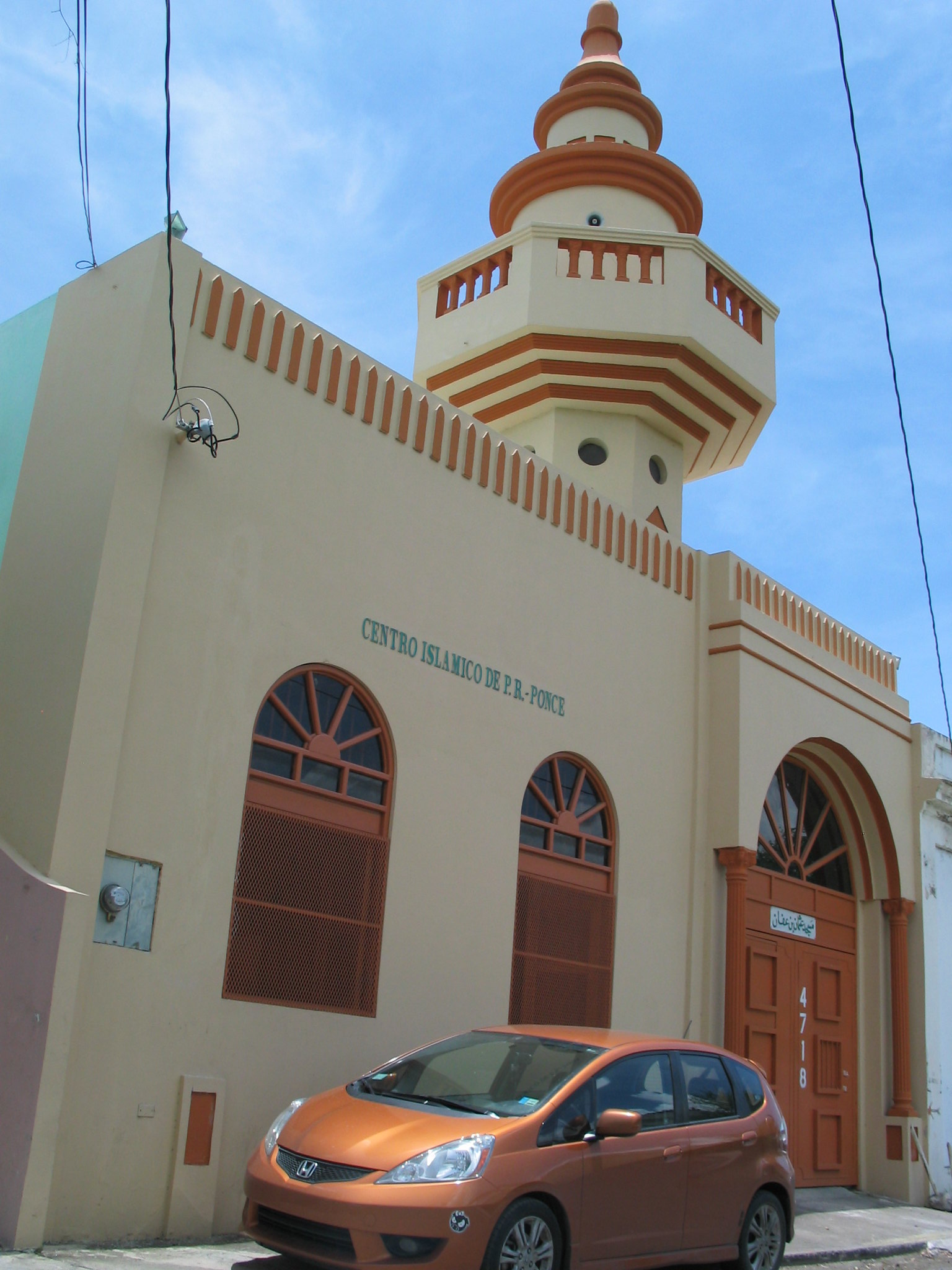We have covered almost the entire Latin American for the presence of Islam and life of Muslims in these countries. Today we are covering Venezuela, officially the Bolivarian Republic of Venezuela, a country on the northern coast of South America, consisting of a continental landmass and many islands and islets in the Caribbean Sea.
Venezuela has a small but influential Muslim population, which is about 100,000 in numbers or 0.4 percent of the total population of the country. However, another report gives an estimated Muslim population of 126,876 Muslims in Venezuela, 0.5 percent of the nation's population. Most Muslims are Arabs of Lebanese, Palestinian, Syrian and Turkish descent. The capital city Caracas has a Muslim population of 15,000. Muslim migrants to a lesser extent usually come from countries such as Egypt, Algeria, Morocco, Iraq, Kuwait, Pakistan, India, Indonesia, Guyana, Trinidad and Tobago, Suriname, Ghana, Togo, Somalia and Sierra Leone. On the other hand, according to Ahmad Abdo, there are more than 3,000 Venezuelan converts to Islam by 2020.
Majority of the Muslims are Sunnis who belong to belong to the Shafi and Hanbali schools and to a lesser extent Hanafi and Maliki, but he also points to the presence of Shiites in Caracas and San Félix. There is also some presence of Sufis in Venezuela, but without established institutions
National Art Gallery, Ibrahim Al-lbrahim Mosque and CANTV headquarters in Caracas
[Photo: Jesús Rincón}
The hallmark of the presence of Islam in the capital city Caracas is the Mosque of Sheikh Ibrahim Al-Ibrahim in Caracas is the second largest mosque in Latin America. This historic mosque features a dome, minaret with an octagonal hall rising up from a platform to a circular dome to achieve the transition between the street and the interior of the prayer hall. It was constructed with funds from the Ibrahim bin Abdul Aziz Al-Ibrahim Foundation under the planning of architect Oscar Bracho.
The mosque designed by architect Zuhair Fayez occupies an area of 5000 m², its minaret is 113 metres high and the dome is 23 metres high. Construction of the mosque was completed in 1993. The mosque can hold around 3500 worshipers. Rising higher between the Catholic Cathedral a few blocks away and the Caracas Synagogue, the minaret is the highest in the Americas.
Other notable mosques and Islamic organisations include the Isla Margarita-Caribe La Comunidad Islámica Venezolana, Centro Islámico de Venezuela, the Mezquita al-Rauda in Maracaibo, the Asociación Honorable Mezquita de Jerusalén in Valencia, Centro Islámico de Maiquetía in Vargas, and the Asociación Benéfica Islámica in Bolívar. There is also a mosque in Punto Fijo built in 2008.
Fixed Point Mosque, Punto Fijo [Photo]
The Punto Fijo Mosque is located in the city of Punto Fijo on the Paraguaná peninsula, in the autonomous municipality of Carirubana in the north of the Falcón state and northwest of the South American country of Venezuela. It was established in 2008 due to the growth of the Muslim community near the duty- free area of Paraguaná.
Margarita Island, a free-trade zone that is home to a sizeable Arab Muslim community. The local cable television outlet carries Al-Jazeera as well as channels from Lebanon and Syria. Women in hijab work cash registers, and on most shop counters, Quranic ayah are on display. Arabs are involved in retail businesses as well as travel agencies and banks.
I have not been able to find any source which could me an insight of living conditions, communities and way of life of Muslims in Venezuela. However, based on the remarks by a girl in the video shared below, it seems that there is strict prejudices about Muslims and they happily coexist with the local non-Muslim population.
I will keep trying and will add as and when I find any. In the meantime, any Venezuelan Muslim reading this post may update by proffering comments in the comment box at the end of the post.
Disclaimer: The data for this post has been collected from the references given below. If any one differs with the material contained in this post, one may consult the references and their authors. If someone has more material about the subject, he/she is most welcome to share in the comments box to make the post all encompassing.
To know more about life of Muslims in other non-Muslim countries, please visit our page: Islam and Life of Muslims in Non Muslim Countries
You may also refer to our Reference Pages for knowing more about Islam and Quran.
You may also refer to our Reference Pages for knowing more about Islam and Quran.
If you like Islam: My Ultimate Decision, and to keep yourself updated on all our latest posts to know more about Islam, follow us on Facebook
Follow @IslamUltimate
Please share this page to your friends and family members through Facebook, Twitter, WhatsApp or any means on social media so that they can also be benefited by it and better understand Islam and the Holy Qur'an - Insha Allah (Allah Willing) you shall be blessed with the best of both worlds.




































